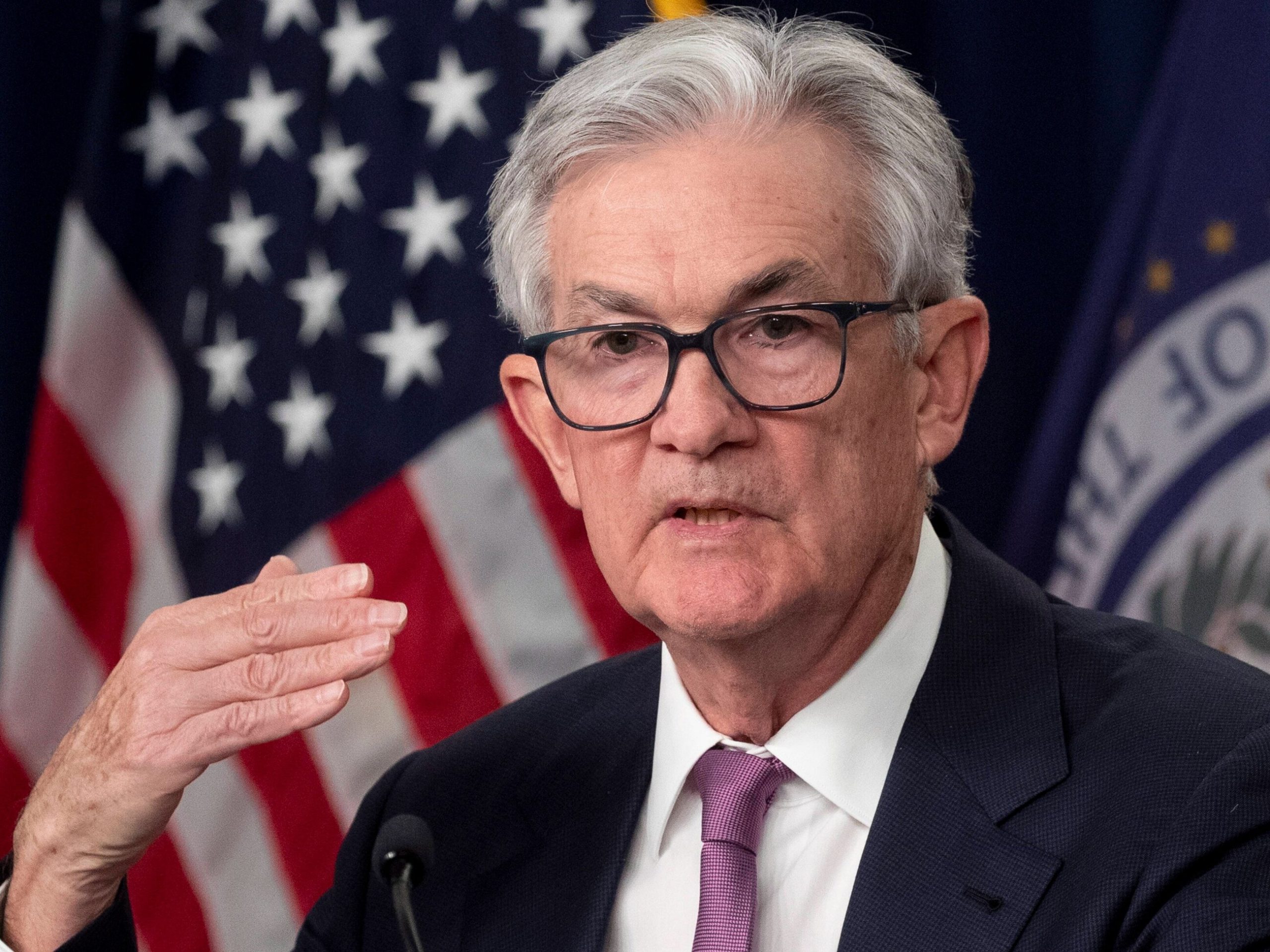The fight against inflation is not only about interest rates

We focused our attention on interest rates. Now it is worth focusing on central banks’ decisions regarding quantitative tightening. The Fed’s decisions may weaken emerging market currencies and are important for the Polish zloty.
The market is hawkish again, although this mainly affects the currency market. In the case of the stock market, we do not see any major concerns about maintaining high interest rates for longer. The market is not yet engaged in the US presidential elections, and there are no particular concerns about the escalation of military conflicts on the part of Russia.
Interest rates. There will be no discount
An interest rate cut by the Fed in March is virtually ruled out. At the moment it seems appropriate to carry out 2-3 interest rate cuts this year, meanwhile the market is still pricing in around 5 such cuts.
Investors have long defended their optimistic attitude that the reduction could take place already in March. At the end of January, the probability of a reduction was estimated at slightly above 50%, but the chances of such a move are decreasing significantly.
Especially now, investors’ attention should not only be focused on interest rates, but also on the so-called quantitative tightening.
– Since the previous financial crisis, the Fed has been carrying out unconventional monetary policy actions, which are more commonly referred to as money printing, which involves purchasing bonds and other debt securities from the market while at the same time injecting money into financial institutions – says Michał Stajniak in an interview with MarketNews24 , XTB expert. – There was more money in the market, and through quantitative easing, especially during the pandemic, the Federal Reserve’s balance sheet grew to a whopping $9 trillion. The amount of liquidity in the market was very large, which led to a very large increase in inflation.
What can the Fed do?
The Fed is reducing its highly inflated balance sheet from June 2022, which is also one of the methods of fighting inflation. The tightening of the balance sheet has largely contributed (in addition to higher rates) to high bond yields. However, already in December, many Fed members indicated that a discussion on slowing down the QT (Quantitative Tightening) process should be started.
So far, the Fed has reduced its almost PLN 9 trillion balance sheet by USD 1.3 trillion over a dozen or so months. Fed research from 2022 shows that cutting the balance sheet by approximately $2.5 trillion is the equivalent of raising interest rates by 50 basis points. Therefore, even though the Fed has not raised interest rates since the summer of last year, theoretically financial conditions in the market are still tightening.
– Theoretically, there is still a lot of room for further tightening, but in view of the significant reduction in inflation and the desire to avoid recession, the Fed will not only think about cutting interest rates, but also about stopping the reduction of the balance sheet – comments the XTB expert.
The Fed certainly does not want to lead to the situation of 2019, when the reduction of liquidity in the financial system was excessive and led to a massive increase in the cost of credit for institutions. The problem, however, is that it is not known what level of balance sheet reduction is appropriate for the market and inflation.
What if the Fed overreacts? Of course, the Fed has the ability to quickly add liquidity through open market operations. Nevertheless, it cannot be ruled out that there would be a massive increase in demand for the dollar anyway. On the other hand, if the Fed decided to end the QT sooner or at least communicate that the discussion has started, the next meeting, even without communicating the intention to reduce interest rates, may be perceived as anti-dollar. On the other hand, the bank may want to maintain the status quo and not inform about the intention to reduce QT or the upcoming reduction. In such a case, the support around the level of 1.0800 on the EURUSD pair may be quickly overcome.
– The Fed cannot lead to a significant increase in demand for the dollar, because then there would be a sharp sale of emerging market currencies, and regional currencies, including the Polish zloty, would suffer greatly – explains M.Stajniak from XTB. – Information from the Fed about the end of tightening may turn out to be more important than the date of the first interest rate cut.
The market is not yet taking part in the US presidential elections, but is concerned about the development of the situation regarding Taiwan and conflicts in the Middle East. The manifestation of these concerns is the search for safe assets, which is why the gold price remains above 2,000. USD per ounce. It is for this reason that the dollar is still strong, which is especially visible in the EURUSD pair.






